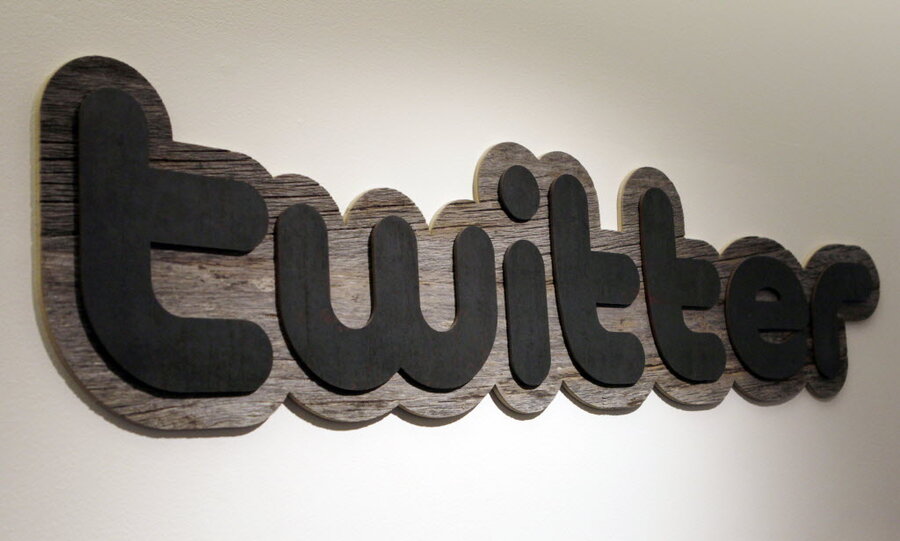Twitter starts looking for tweets near you
Loading...
Say you’re on your way to your car after work when you see three police cars zoom by. You wonder what they’re heading to, and whether this could mean anything for your commute home.
Twitter has come up with a way to potentially answer that question, with a new experiment called “Nearby”. According to the Wall Street Journal, the tech company has started testing a location-based service that would map out tweets in real time, offering another way to specify the barrage of tweets, and personalize the Twitter experience.
According to the report, some users that have the “Location” setting enabled on the Twitter mobile app have begun seeing an option called “Nearby”. In Nearby, the top half of the screen is a map showing the geographic location of the user, with little blue chat boxes that show the location of tweets nearby, whether the user follows those Twitter users or not.
This is where the function could become useful. Say you see those police cars whizzing by. A quick Nearby check could show TwitPics of a crash a few streets down that should be avoided, or a route that has been closed due to construction. It could offer first-hand knowledge of a local event, whether it is from a street performer or farmer’s market. Or if a user sees a protest, a quick Nearby check could tune them into the tweets of the protesters.
Thus far, this option only pops up for a few users if the user allowed their location to be shared along with tweets. Twitter did not comment on Nearby to the Wall Street Journal, only saying that it often experiments with new initiatives.
So what could Nearby indicate? The Journal speculates it could prompt more users to share their location, be a more pointed competitor to FourSquare’s location-based social media app, or even allow more targeted advertising through Twitter. For example, businesses could tweet out their daily sales and social-media savvy shoppers could quickly map out a bargain-hunting route.
However, as Twitter has not confirmed how Nearby will function on a larger scale, speculation is all we have for now. This news does come on the heels of Twitter revamping some of its key features. Recently, the social media service added photos to its direct messaging function, creating a more Snapchat-like messaging service. It also began experimenting with breaking news through the direct messaging service Event Parrot, which sends messages to users when big news breaks.








